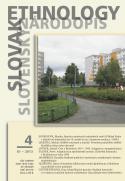

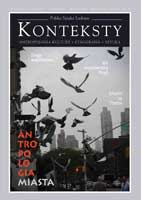
Keywords: anthropology; literature; Gdansk
The presented article is an attempt at reconstructing models of the identity of places present in biographical novels and stories by two celebrated authors and leaders of public opinion. The author seeks an answer to the question: which parts of the Tri-City are subjected to the most intense symbolisation in the oeuvre of the two men of letters? Do their works contain recurring combinations of values associated with concrete places in the space of Gdańsk? How is the identity of people perceived within the context of the cultural identity of the place? Paweł Huelle creates a selective and vivid portrait of Gdańsk, which appears to be one of his oeuvre’s “chief protagonists”. Even more extensive descriptions of cities and the author’s experiences are to be found in novels by Stefan Chwin, who pays great attention to his closest surrounding. Both authors symbolically designate Gdańsk by pursuing an archaeology of its residents’ social memory and the micro-politics of local identity, enjoyed by numerous recipients.
More...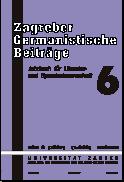
Das deutsche Übungsbuch von Gustav Šamšalović (1910) verfolgt neben sprachlichen auch geistesbildende Ziele. In der Vielfalt von Übungsformen und ihrem mündlichen Charakter ist der Einfluß der neusprachlichen Reformbewegung von 1882 sichtbar. Die historisierende Vermittlung des Wortschatzes steht in der Tradition der »genetischen Methode« von C.W. Mager (1843). Die Auswahl der Inhalte gründet auf der Konzeption der germanischen Kulturkunde.
More...Keywords: Eastern Europe; Balkans; borders; nations; wars; exile; migration; writers
At the moment of globalization, the countries of eastern Europe and the Balkans are perhaps a myth. Multicultural, multiconfessional and multilinguistic space, they become a Babel of the modern times, in full mutation.A new era is about to begin, for the literature and art of this region, in the 21st century. A new generation of writers, positioned abroad, speak about ideology and power, and become the repositories of history;
More...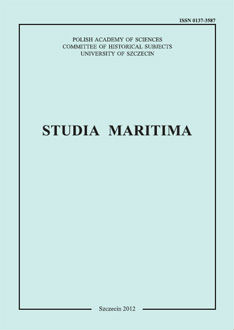
At the turn of the 14th and 15th centuries the former geopolitical array in Central Eastern Europe was conspicuously remodeled. The personal union between the Kingdom of Poland and the Grand Duchy of Lithuania made these two countries serious regional rivals for the Teutonic state in Prussia. Both sides entered an intensive search for allies whose support could have been significant in a potential armed confrontation. Three Pomeranian Duchies - of Słupsk (Stolp), Szczecin (Stettin) and Wolgast - played an important part in these endeavours. It was a matter of importance for both political sides to win Pomeranian knighthood over to their cause. Both the Teutonic knights and the Polish side were aware of that. Knighthood elites played an important role in political life in West Pomerania. Source documentation reveals that Kurd Kemeke and his sons maintained links with the Teutonic Knights in Prussia for about 25 years, in the times of stormy relations between the Teutonic state and Poland and Lithuania at the turn of the 14lh and 15th centuries. These links were of various kinds. Kurd Kemeke entered into service with the Teutonic Knights being still a liegeman of Kammin bishops. On the other hand, his sons belonged to the closest circle of Bogusław VIII who was in a prolonged conflict with the Teutonic Knights. Klaus, as a counsellor to the Duke of Słupsk, influenced his policy on the Teutonic Knights. He also held the post of duke's official in Polanów (Pollnow). Karze was duke's alderman in Szczecinek (Neustettin) for at least ten years. All these allow us to identify them as typical representatives of the borderland knighthood. The sphere of their public activities as well as their private interests concentrated on the Pomeranian-Teutonic borderland.
More...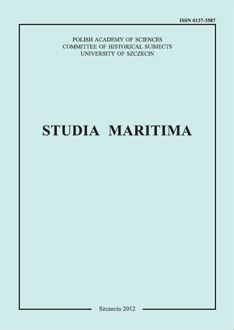
Keywords: Toruń in the Middle Ages; genealogy for Nicolaus Copernicus; nationality and ethnicity of Copernicus
The eminent French historian Fernand Barudel pointed out in his works about the Med that one would need for understanding of activites of an individual a wide context created by the social space and environment in which the main hero tends to live in. For Braudel became Philippe 2nd only a pretence to analyse the whole civilisation of the Med in his times. This context can be employed on the man of letters, a loner, spending the most of his life in his astronomical observatory – Nicolaus Copernicus. Unquestionably, the social environment of Thorn exerted the biggest influence on the formation of the young Copernicus. The city was located on the lower Vistula, on the boarder of the state of Teutonic Knights and Poland, with strong relationships with Silesia, Cracow and Hansa and over Hansa with Northern Europe. This location created extraordinary circumstances for the formation of the one of the biggest intellects of his times. This cultural mosaic was the native environment of Nicolaus Copernicus, a German-speaking Pole, on the maternal side a descendant of immigrants from Westphalia, on the paternal side of Silesian Copernicus-family with Slavic roots, from his birth to his death the faithful subject of the Polish kings.
More...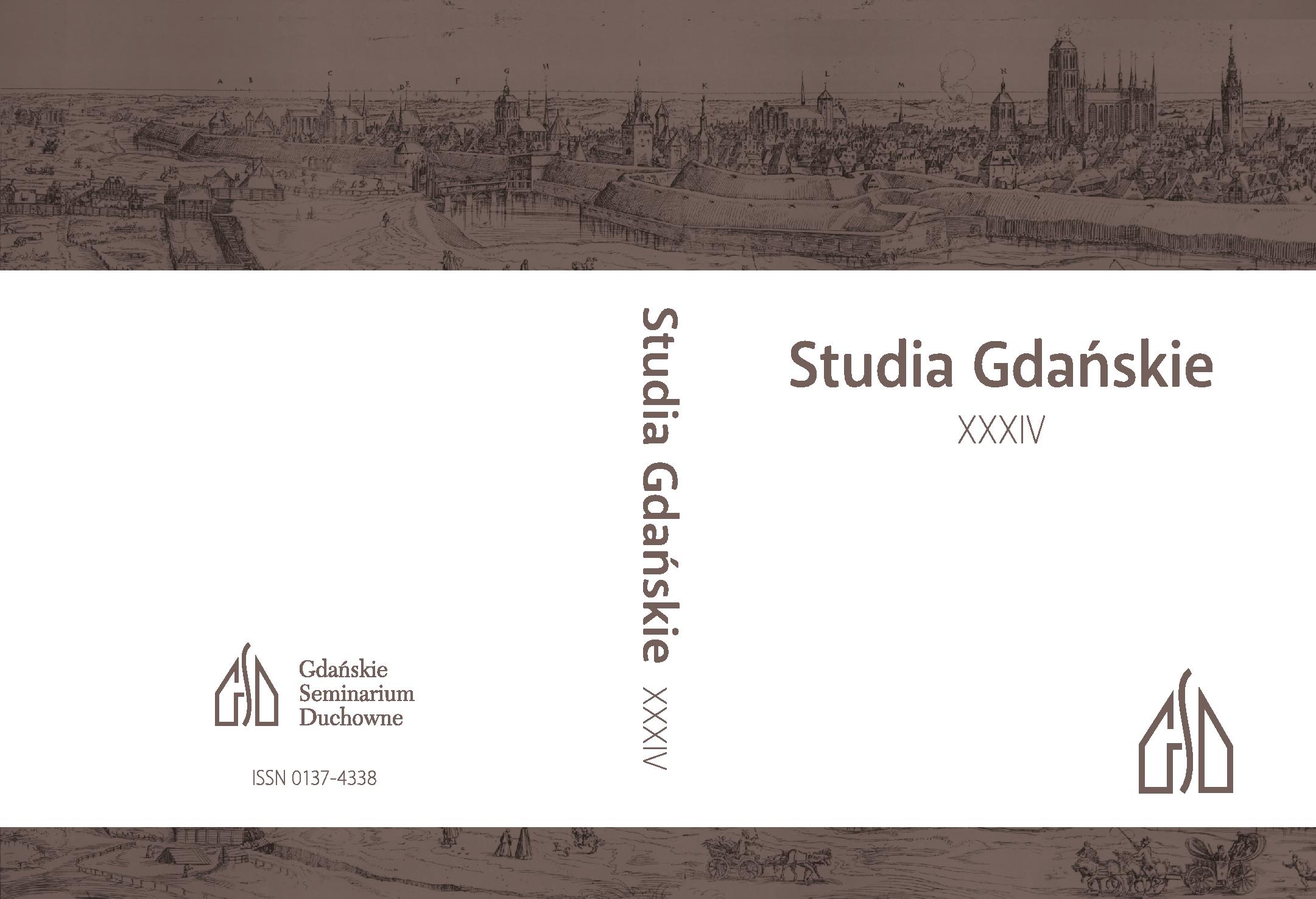
Keywords: Oliva Cathedral; cathedral; main altar; woodcarving; Wolfgang Sporer; Cistercians; catholic iconography
W katedrze oliwskiej znajduje się wybitne dzieło snycerskie – dawny ołtarz główny ufundowany przez Rafała Kosa, bratanka opata Dawida Konarskiego. Pierwsze informacje o ołtarzu, powstałym w latach 1604 – 1606, znajdują się w rocznikach klasztoru pisanych przez przeora Filipa Adlera. Czas poprzedzający powstanie dzieła obfitował w trudne wydarzenia. Na skutek postępów reformacji, konfliktów o godność opata oraz zniszczenia świątyni i opactwa w roku 1577 nastąpił kryzys gospodarczy, a dyscyplina klasztorna uległa rozprzężeniu. Proces odnowy przybrał na sile pod rządami opata Dawida Konarskiego, który przywrócił zgromadzenie do stanu świetności. Zasługą opata były też liczne fundacje i starania o godne wyposażenie katolickiej świątyni funkcjonującej w pobliżu protestanckiego Gdańska. Skomplikowany program ikonograficzny ówczesnego ołtarza głównego spełniał kontrreformacyjne postulaty dotyczące sztuki.
More...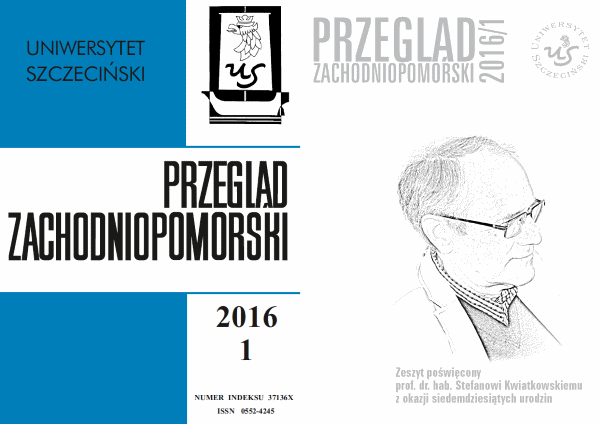
Keywords: pilgrimages; Medieval religiousness; Pomerania
The cult of the saints and their relics in the Middle Ages took form – among other things–of the pilgrimage movement. The authors of this article discuss the sources – both archaeological and written – and the state of research on pilgrimages of the Medieval inhabitants of Pomerania the Duchy of Szczecin (Stettin), the Duchy of Słupsk (Stolp) and the dominium of the bishops of Kamień (Kammin), excluding the Duchy of Wołogoszcz (Wolgast). The analysis focus on the shrines situated both in Pomerania and beyond theregion. The future progress of the research is expected specially in connection with the archaeological excavations conducted in towns founded according to the German law.
More...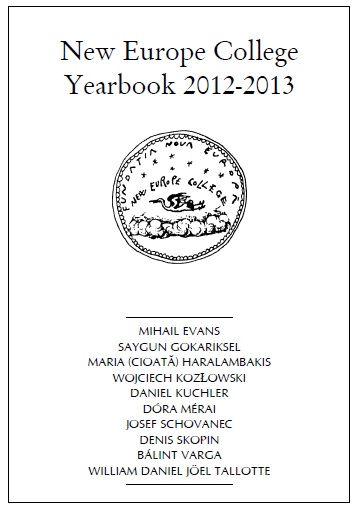
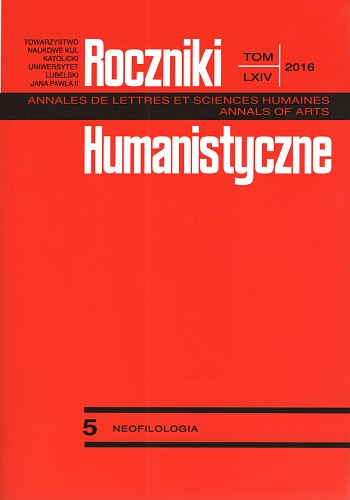
Keywords: German Enlightenment; malum metaphysicum; a myth of the faith in the omnipotence of human reasoning; Georg Wilhelm Leibniz; Christian Thomasius; Christian Wolff; Christoph Gottsched
Based on the texts of philosophers (such as Georg Wilhelm Leibniz, Christian Thomasius, Christian Wolff, Alexander Gottlieb Baumgarten, Georg Friedrich Meier), the author has analyzed the trend that make up the notion of the Enlightenment: the enlightenment paradigm gnoseology imperfections of human cognitive powers that Leibniz called as malum metaphysicum (Théodicée). This assumption contradicts the currently widespread thesis-myth of the faith of the Enlightenment in the omnipotence of human reasoning.This paradigm of Leibniz takes Wolff, his students Johann Christoph Gottsched and A.G. Baumgarten, the founder of aesthetics. Awareness of the imperfections of a human cognitive apparatus on the one hand and the belief in the possibility of its improvement on the other hand has allowed Leibniz to formulate the postulate to create a “logic of sense cognition”, science analogous to a classical logic. This postulate is repeated by Wolff and his students, but only Baumgarten forms the basis of aesthetics, that is called gnoseologia inferior and ars pulchre cogitandi. In the opinion of the author, aesthetics is the only form available to the human being to overcome the metaphysical evil.
More...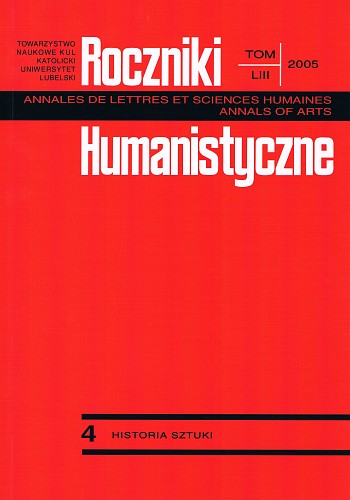
Keywords: crucifixion; feetwashing; Pelplin; cistercians; gothic painting
Das gotische Fresko mit Szenen der Kreuzigung und der Fusswaschung befindet sich in der Mitte des nördlichen Kreuzgangflügels. Einige Jahrhunderte lang blieb es unsichtbar für Zuschauer, denn schon am Anfang des 17. Jahrhunderts wurde es wegen des sehr schlechten Zustandes bedeckt mit einem Ölgemälde, das Klosterbrüder zur Dekoration der Kreuzgangwände bestellt hatten. Es wurde am 22. Juli 1881 wiederentdeckt, als die genannte Leinwand zur Restaurierung abgehängt wurde. 1885 beauftragte man den Maler Leopld Weinmayer mit der Restauration des Gemäldes, das schon in einem sehr schlechten Zustand war. Er übermalte und ergänzte es. Diese Arbeit veränderte völlig den Stil des altertümlichen Freskos, entstellte jedoch seine Ikonographie nicht. Die letzte Restauration wurde in den Jahren 1996 - 1998 durchgeführt. Die Schicht der Polichromie aus dem 19. Jahrhundert wurde abgenommen und dem Besucher zeigt sich jetzt die gegenwärtige, originale gotische Komposition.Das Freskogemälde in Pelpin besteht aus zwei Teilen. Im oberen Streifen ist die Kreuzigung Christi, im unteren Streifen die Fusswaschung der Aposteln zu sehen. In der Szene der Kreuzigung gibt es sieben Figuren. Im Zentrum der Komposition befindet sich Christus am Kreuz, an seinen Seiten stehen Maria als Schmerzensmutter und Johannes der Evangelist. Hinter ihnen stehen zwei Propheten, die man als Isaias (der Prophet hinter Maria) und Jeremia (der Prophet hinter Johannes) erkennen kann. Die Komposition vollenden an beiden Seiten zwei hinter den Propheten kniende Zisterzienserbrüder. In der Szene der Fusswaschung gibt es zwölf Aposteln, auf einer Bank sitzend, und im Zentrum Christus, der sich zu den Füssen Peters niederbeugt.Wie die ikonographische Analyse zeigte, sollte das Gemälde durch die Veranschaulichung von Lebensregeln im Orden eine didaktische Funktion erfüllen. Die sichtbaren Motive, die die Polichromie beinhaltet (das Schema mandantum, die Schmerzensmutter als Vermittlerin, die zu Gott führt, und das Bild des Gekreuzigten, dessen schmerzvolles Leiden die Prophetengestalten betonen), lassen folgern, dass Nachdruck bei der Aussage der Komposition auf die Thematik der Gottesliebe und die Demut gelegt wurde. Diese Tugenden bilden auch die Grundlage der theologischen Gedanken des Zisterzienserbrüders Bernhard von Clairvaux. Diese zweiteilige Gemäldeform knüpft an die architektonische Bauform der romanischen und gotischen Tympanonen in Portalen gotischer Kathedralen an. Der Stil des pelpinschen Polichromiemeisters zeigt gewisse Ähnlichkeiten der Monumental- Miniatur- und Tafelmalerei aus dem 14. Jahrhundert, bleibt jedoch in seiner Art einzigartig.Die beste stilistische Analogie findet man in der Nikolaikirche in Stralsund in Norddeutschland. Dort befindet sich an der Ostwand der Südkapelle das Freskogemälde, datiert ca. 1335, das den Gekreuzigten mit Gestalten der Heiligen zeigt. Mehrere Parallelen zwischen diesen Werken suggerieren, dass der Schöpfer aus Pelpin die norddeutsche Kunst kannte und sie als Vorbild nahm. Nach der Analyse des Freskogemäldes aus Pelpin kann man sein Entstehungsdatum auf Jahre zwischen 1360-1380 festsetzen und es zur Strömung der linearen Gotik zählen, die fast im ganzen Europa nördlich der Alpen verbreitet war.
More...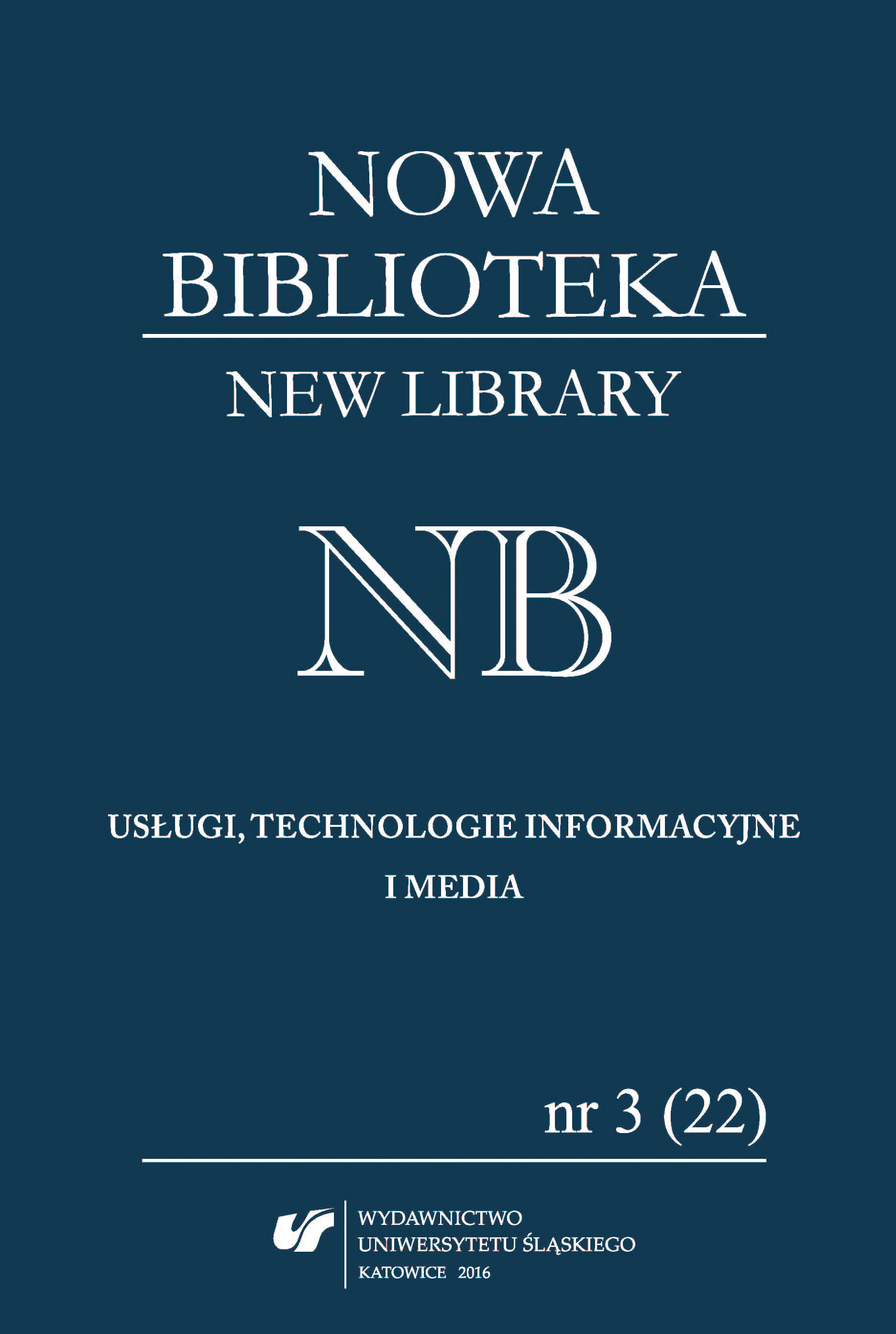
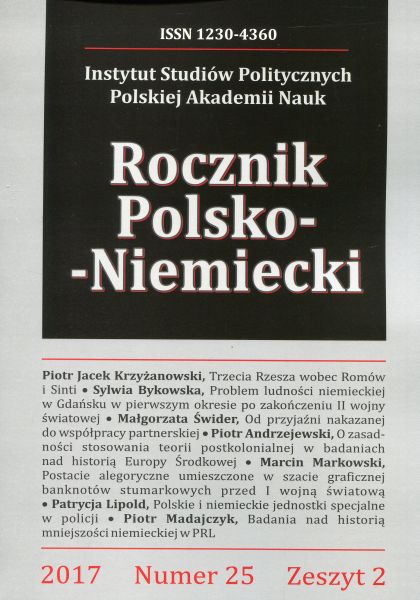
Keywords: post-war Gdańsk; German population; indigenous population; displacement action; nationality policy
This article focuses on the problem of Germans in Gdańsk shortly after the end of World War II. Among the issues analysed are: forced relocations of the German population by the Red Army; the so-called wild expulsion of Germans by the Polish authorities in 1945; the attitude of the Gdańsk administration towards the Germans; relations with Polish settlers from Central Poland and eastern territories incorporated into the Soviet Union. Mistrust, aversion and disputes were parallel to, sometimes, brutal competition for material goods, such as houses and workshops left by previous inhabitants. The Germans were underdogs in this conflict. They understood that they would no longer be responsible for their home city. They lost their position. Not having civil rights, they lost the right to their houses and farms. Gdańsk was an example of a former German city, whose new Polish community was created in the presence of its German inhabitants, who were subsequently deported to the territories on the other side of the Oder River. By this time, the coexistence of the Polish and German populations had evolved from hostility to cooperation between people devastated by war experience and forced migration. An official verification procedure was launched to determine who was a real German or Pole. One had to prove Polish descent and national usefulness in front of the Verification Commission. By the end of 1948, the number of native citizens of Gdańsk accepted as Polish citizens reached nearly 14,000. However, it was not possible to classify instantly all citizens of Gdańsk by their nationality. The memory of the pre-war Free City of Gdańsk was often more important for the collective identity of those who were born and lived in Gdańsk or Danzig before 1939. Both German and Polish citizens of Gdańsk were so strongly linked to their local homeland that they called themselves and were called by others ‘gdańszczanie’ or ‘Danziger’ for many years after the war.
More...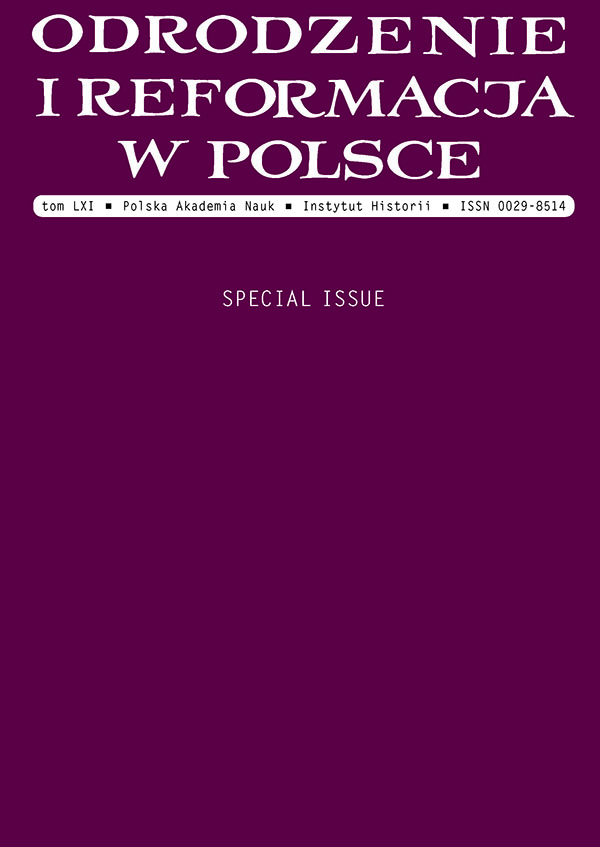
Keywords: Albert of Hohenzollern;Renaissance military treatises;
Intensive archival and historical research conducted in the nineteenth and the twentieth centuries led researchers to think that all Renaissance military treatises were recognized and their content was subjected to a detailed analysis. For this reason we can perceive the identification in the years 2009–2014 of the three manuscripts written by Albert of Hohenzollern as a sensational discovery. This article is aimed to provide researchers with new sources together with their brief description and to discuss the current state of knowledge on the origins and the further fate of these manuscripts.
More...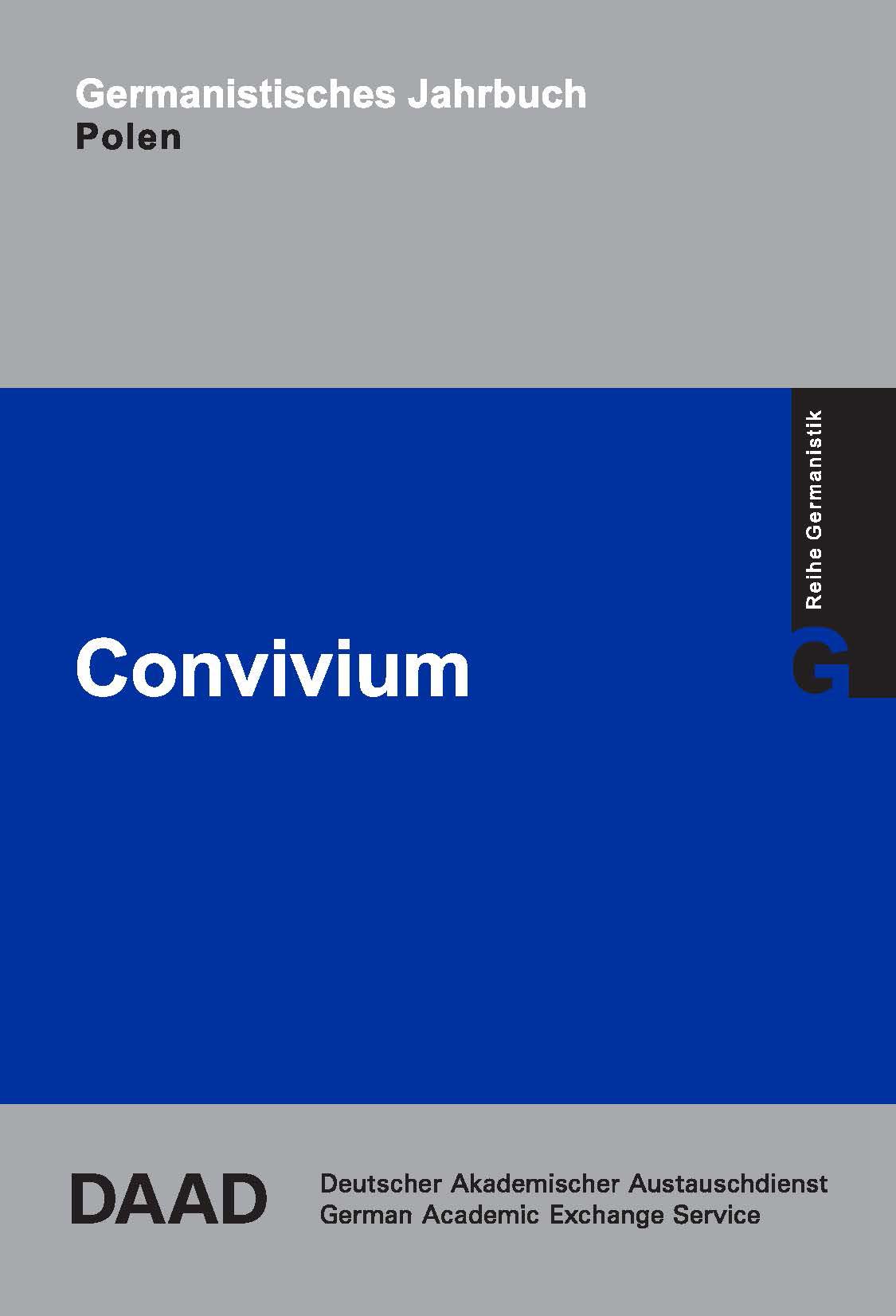
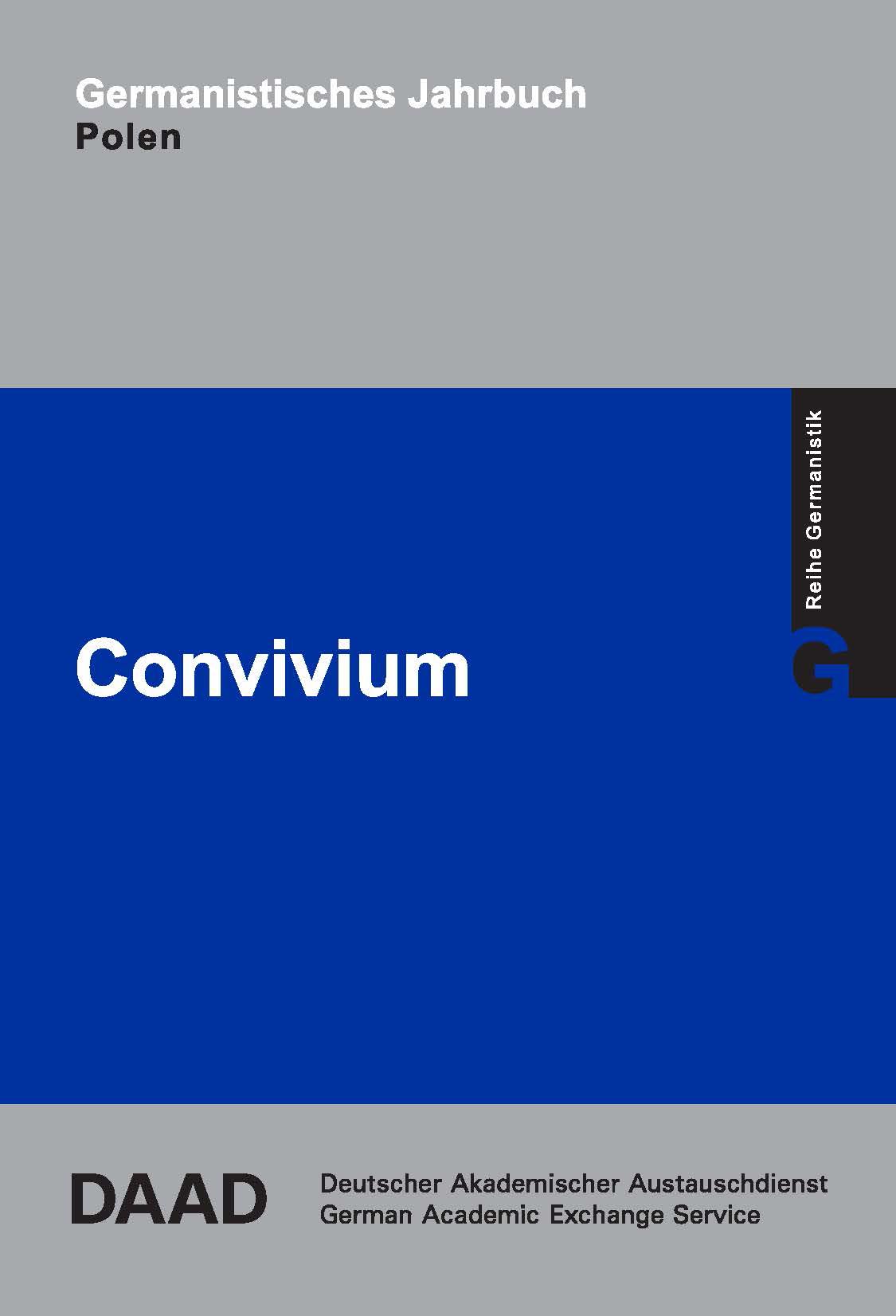

Review of: DAROVEC, Peter: ON, PIŠŤANEK. Bratislava: Literárne informačné centrum, 2020. 272 s.
More...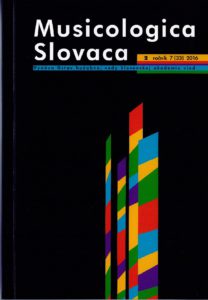
Keywords: Eugen Suchoň; Akordika; Kaleidoscope; synthetic twelve-tone harmony; chromatic total; diatonic total; twelve-tone music; 20th century music
During the 1960s Eugen Suchoň (1908–1993) wrote a textbook entitled Akordika. Od trojzvuku po dvanásťzvuk [Chords. From Triad to Twelve-tone] (published in 1979), where he defines his system of organization of twelve-tone space. His theory derives from a harmonic overtone series, from which, after necessary adjustments to achieve a tempered tuning, he constructs a chromatic total. The chromatic total, i.e. the synthetic twelve tone harmony, involves all the tones in the chromatic area in a strict, stable structure of thirds. It is possible subsequently to deduce almost all of the traditional chord complexes from this. Based on preceding analyses of impressionist and 20th century music, in Suchoň’s theory synthetic twelve-tone harmony serves mainly for derivation, naming and characterization of every modern chord from triad to higher tone constructs, since its modifications make it possible to reach aggregates not only of thirds but of other intervals also. Genetically lower, but in Suchoň’s music a key derivative of the chromatic total, is the diatonic total. This is the acoustic scale verticalized to the form of a seven-tone thirteenth chord. The text presented here studies the system of Suchoň’s Akordika, with its basic concepts and methods, and demonstrates its application in an analysis of Three Romantic Pieces from the Kaleidoscope cycle (1966 – 1969).
More...Keywords: Michael Bernhard Valentini; Christian Gottlieb Jöcher; Johann Daniel Major; museographic publications; Gdańsk book collections; European natural history collections of the 17th and 18th centuries
After 1700 we observe a clear increase in the number of conscious collectors gathering works of art, naturalia and various curiosities – mirabilia, typical of many Baroque “chambers” (Kammer) that were created by collectors during the previous, 17th century. Michael Bernhard Valentini (1657–1729), court physician at the court of the Landgrave of Hessen, published a compendium of encyclopaedic knowledge, a work for academic collectors of natural history specimens, entitled Museum museorum (Vol. I–II, Frankfurt am Main 1704–1714). Valentini provided information about various noteworthy things found in the Old and New World as well as in Asia (India), sometimes exceeding the limits of previous knowledge, both for researchers and collectors. Valentini’s work may be seen as evidence of a real collector’s fever, directed not only at all kinds of rare and curious things (curiosities) but also research objects collected for study purposes, especially in countries north of the Alps (e.g. natural amber and amber with insect inclusions). This German author recommended in his proposed programme for the creation of an ideal modern museum that objects should be arranged into groups, for example naturalia and artificialia and then divided into more detailed subgroups in order to make them more visible and their content more comprehensible, therefore enriching the knowledge of the surrounding world.
More...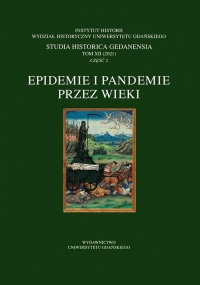
Keywords: Gdansk in the 16th century; city physicians; plagues; anti-epidemic prints
The plagues that appeared cyclically and with a relatively high frequency were for the urban communities of the Middle Ages and the early modern era an experience almost permanently inscribed in everyday life. As part of the struggle against epidemics, in addition to administrative measures taken by the authorities, there began to appear from the end of the XVth century anti-epidemic compendia edited by city physicians (thus medical persons with university education) and intended for a wider audience; they became especially popular in the German cultural area during the XVIth century. It was no different in Gdańsk (Danzig), wherea high level of medicine, and the practice of employing as city physicians well-educated medical persons (from German and Protestant universities) by the city authorities, resulted in the publication of numerous prints of this type. In total, in the years 1508−1588 in Gdańsk (Danzig) seven compendiums of this type were published. They contained general recommendations for protection against plague based on Galen’s medical system relating to the so-called six unnatural things (res non naturales); they were part of a trend of popular medical literature containing “rules of health” (regimen sanitatis). The recommendations contained in the prints by Gdańsk (Danzig) city physicians of the XVIth century concerned, therefore, the preservation of unpolluted air in the city, taking sanitary measures, proper diet and physical condition, as well as “surgical” treatments (taking baths in a bathhouse, using laxatives, phlebotomy), and pharmacological care (they were also supervisors of the city pharmacy at that time). These recommendations, however, were not practical advice (contrary to their titles) that could be fully applied in a time of plague; rather, they represented the state of academic medical knowledge of that time and were only a manifestation of its popularization resulting from the medical personnel’s duties. A separate place was found for considerations on a kind of “medical theology”, related to the commonly shared view that the cause of the epidemic was divine anger interpreted as a punishment for sins. This was of particular importance in the confessional order (with a Lutheran dominant) that was taking shape in Gdańsk (Danzig) during the XVIth century.
More...